Optimal Timing for Storm Restorations
Storm restorations are most effective when performed during periods of stable weather, typically outside of the storm season. Timing is crucial to ensure that repairs are durable and to minimize the risk of additional storm damage. Understanding seasonal patterns and weather forecasts can help determine the best window for restoration work.
This period offers favorable weather conditions, reducing delays and allowing for thorough restoration before storm season peaks.
Immediately after severe storms, restoration efforts are vital to repair damage and prevent further deterioration.
Late summer and early fall often see the highest storm activity, making these months less ideal for scheduled restorations.
Choosing times with consistent weather minimizes interruptions and ensures safety during restoration projects.
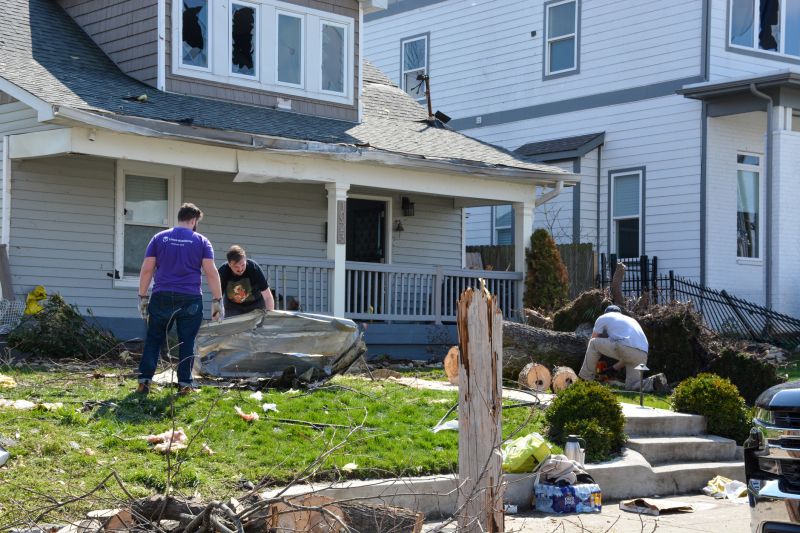
Evaluating damage early helps plan effective restoration strategies.
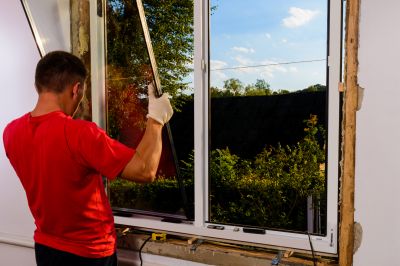
Pre-storm preparations can mitigate potential damage.
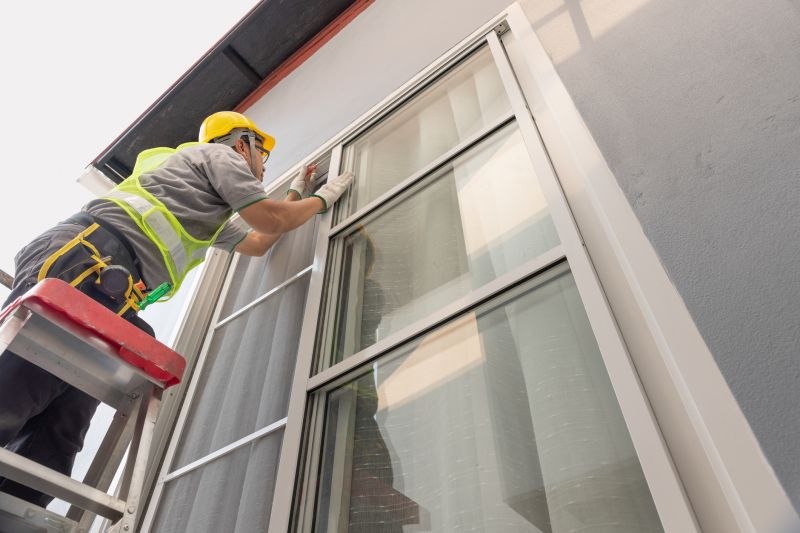
Timely repairs restore structural integrity and safety.

Understanding storm effects guides restoration priorities.

Continuous weather tracking supports optimal scheduling.
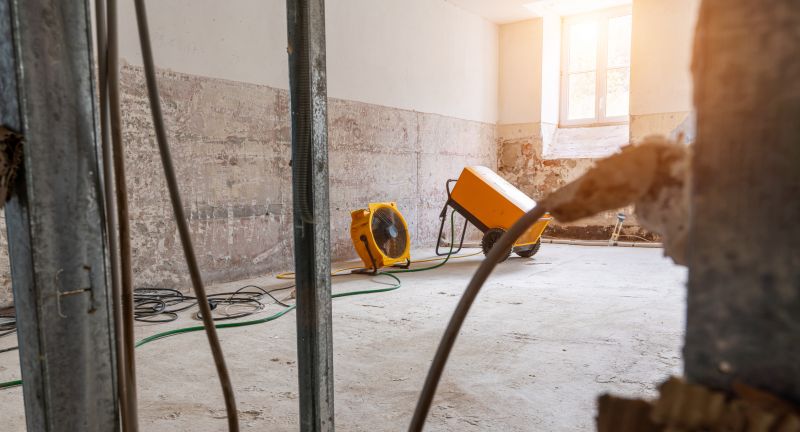
Proper tools ensure efficient repairs.
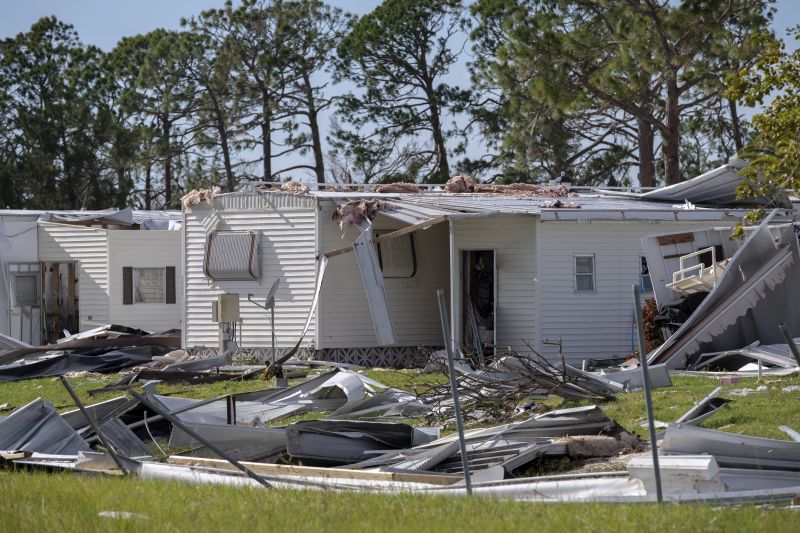
Weather conditions influence safety protocols.
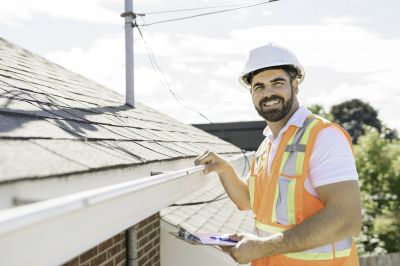
Ensuring quality after repairs is essential.
| Season | Advantages |
|---|---|
| Spring | Ideal weather, less storm activity, early repair opportunities. |
| Summer | Longer daylight hours, good conditions for extensive work. |
| Fall | Pre-storm preparations, less storm frequency. |
| Winter | Limited window, potential for weather delays, but suitable for certain repairs. |
| Post-Storm Periods | Critical for damage assessment and urgent repairs. |
Storm restorations involve assessing damage caused by severe weather events, including high winds, heavy rain, and hail. Proper restoration not only restores the appearance of structures but also ensures safety and structural integrity. Advanced techniques and quality materials are used to withstand future storms. Statistics indicate that timely repairs can significantly reduce long-term costs and prevent secondary damages such as mold, rot, or structural failure.
Data shows that storm-related damages tend to peak during specific months, emphasizing the importance of scheduling restorations during periods of stable weather. Proper planning and timely intervention can mitigate the impact of storms, preserving property value and safety.
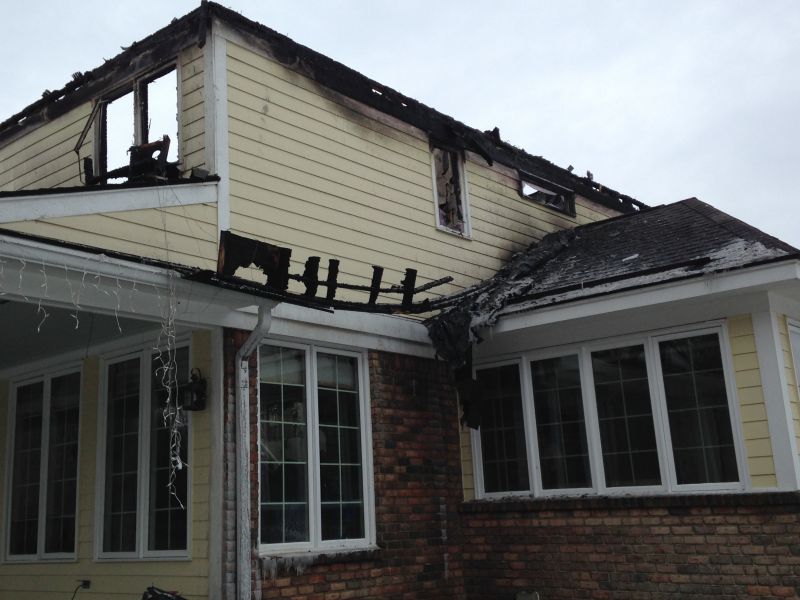
Restoring roofs, siding, and windows after storms.
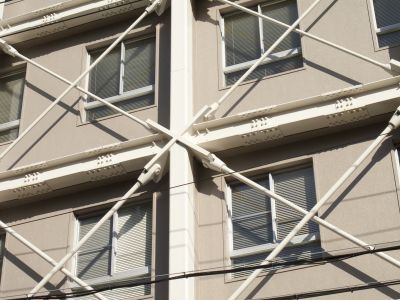
Enhancing resilience against future storms.
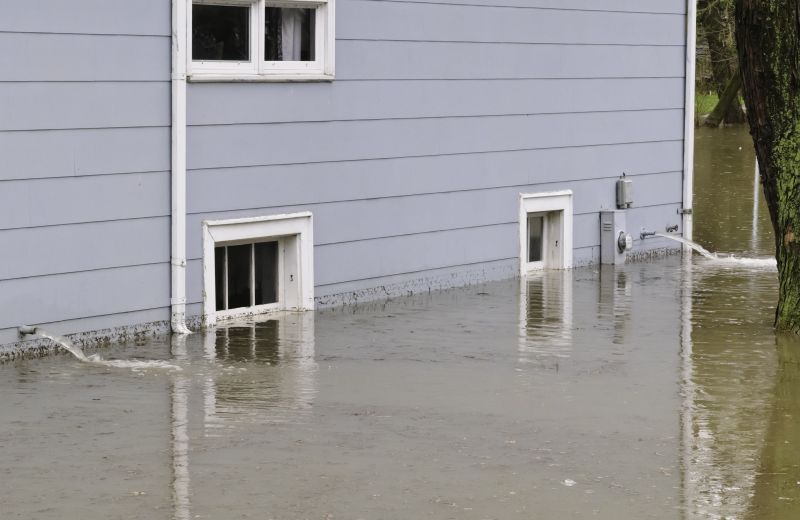
Rapid repairs to prevent further damage.
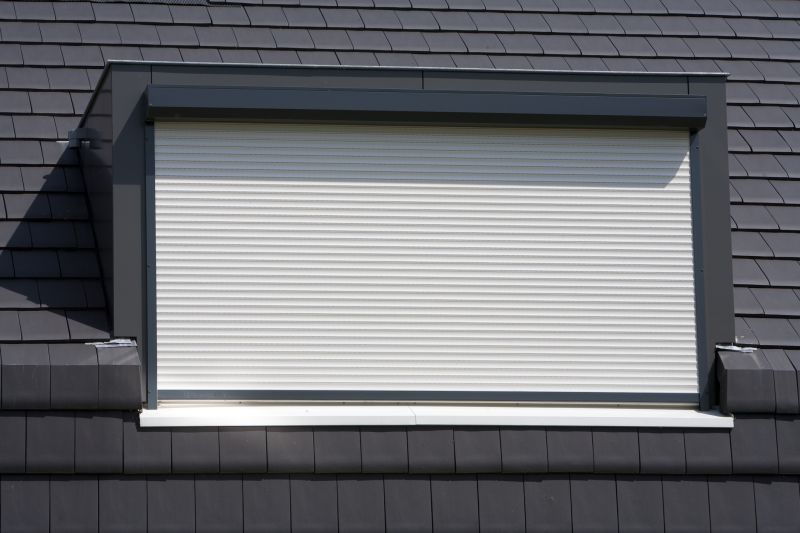
Using durable materials for long-lasting restoration.
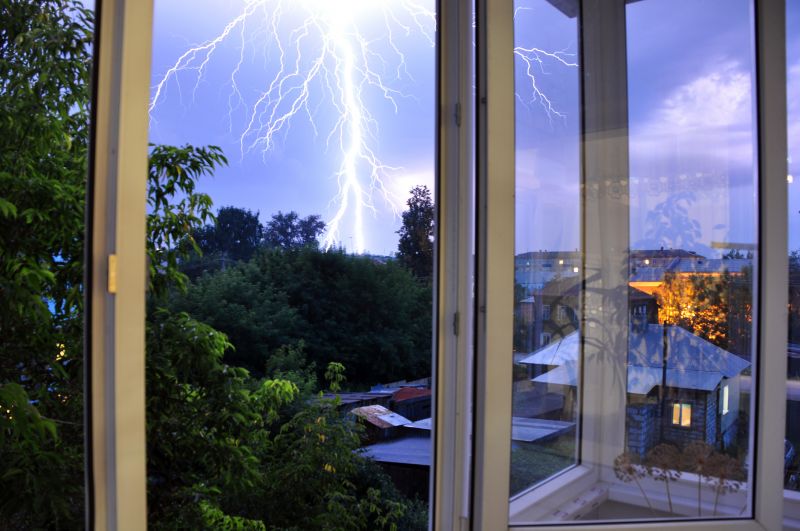
Ways to make Storm Restorations work in tight or awkward layouts.

Popular materials for Storm Restorations and why they hold up over time.

Simple add-ons that improve Storm Restorations without blowing the budget.
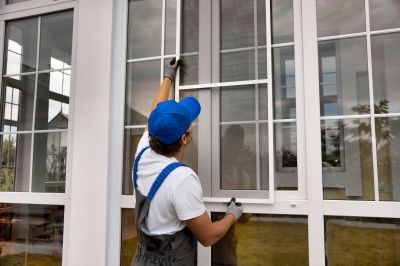
High-end options that actually feel worth it for Storm Restorations.
Interested parties are encouraged to contact for more information about storm restoration services. Proper timing and expert intervention can help ensure properties remain safe and resilient against future weather events.
